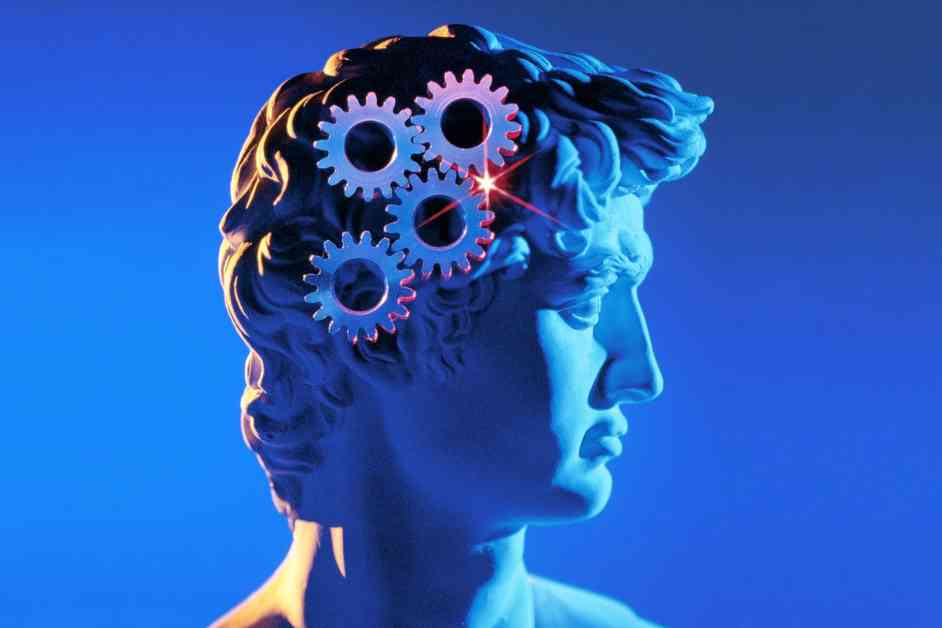Scholars have debated for years whether language is a prerequisite for thinking. Bertrand Russell believed that language is necessary for thoughts that could not exist otherwise. However, observations in the animal kingdom show that high-level cognition can occur without language. Chimps and New Caledonian Crows demonstrate problem-solving skills without the need for words.
Neuroscientist Evelina Fedorenko from the Massachusetts Institute of Technology has conducted research to explore the relationship between language and thought. Her findings, summarized in a recent article in Nature, indicate that language and thought are distinct processes in the brain. The brain can engage in complex cognitive tasks without relying on language or linguistic structures.
Fedorenko’s research involved studying individuals with severe language impairments, such as aphasia, who could still perform cognitive tasks that require thinking. Brain-imaging techniques also revealed that language regions remain inactive during nonlinguistic thinking activities.
Language serves as a tool for communication, allowing individuals to convey thoughts and information to others. It facilitates the transmission of knowledge across generations and enhances social interactions. While language plays a crucial role in human development and cooperation, it is not the sole factor that sets humans apart. Various brain systems have evolved to support different functions, contributing to the complexity of human cognition.
Fedorenko suggests that artificial intelligence tools, such as large language models, offer new opportunities to study the interactions between language and thought. These models, like GPT-2, excel in language tasks but struggle with complex thinking processes. By exploring how these models interact with systems of thought, researchers can gain insights into the neuroscience of language.
Large language models serve as a model organism for studying language neuroscience, providing researchers with a unique platform to investigate linguistic development and processing. These in silico models offer a level of accessibility and manipulability that is not possible with biological systems. By leveraging the capabilities of artificial intelligence, scientists can delve deeper into understanding the complexities of language and cognition.
Overall, Fedorenko’s research highlights the intricate relationship between language and thought in the human brain. While language plays a vital role in communication and knowledge transmission, the brain’s cognitive processes can function independently of linguistic structures. Through innovative research methods and advancements in artificial intelligence, researchers continue to unravel the mysteries of how the mind harnesses its full potential in the absence of words.










